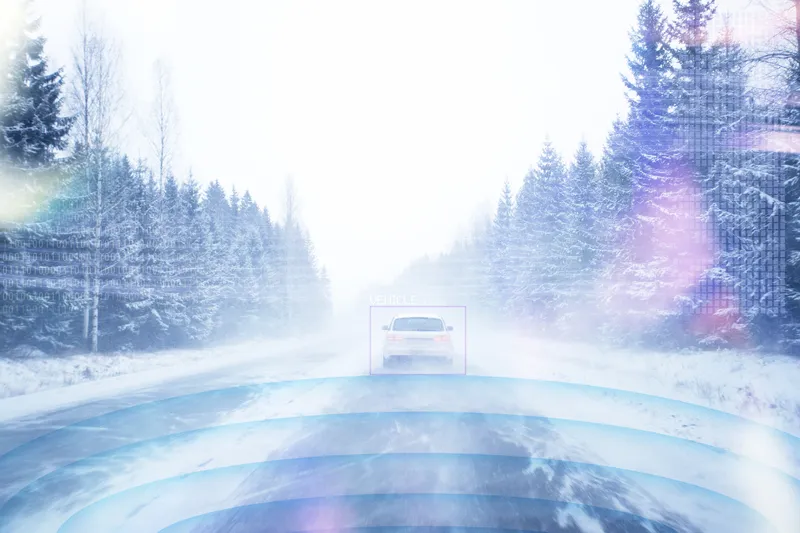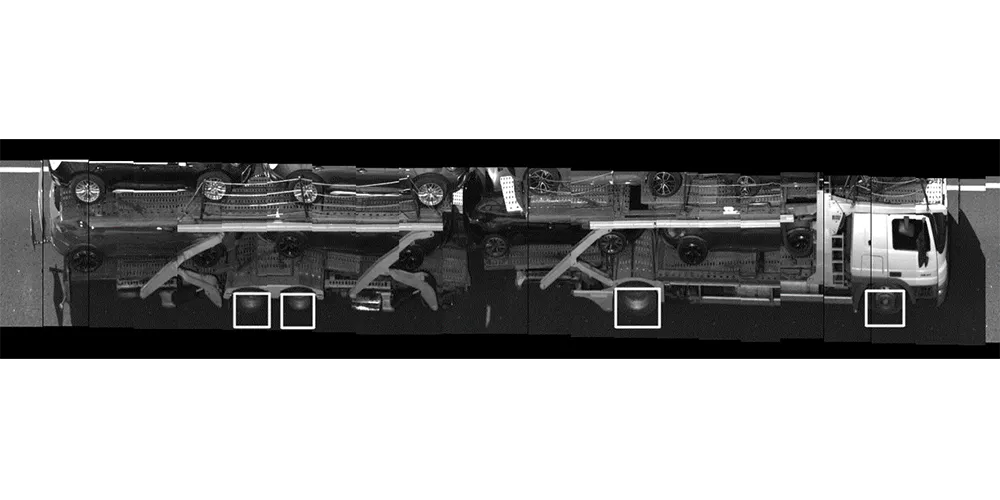Its VISIC100SF tunnel environment monitor combines visibility measurements, with a range of up to 15km, CO detection of 0- 300ppm (≤3% accuracy) and NO detection of 0-100ppm (≤3% accuracy). The device responds rapidly to changing conditions (60 seconds or less), enabling operators to take appropriate action. According to Sick, it is the only sensor to combine scattered light measurement with electrochemical cell sensing in a compact stainless steel housing.
The sensor has an environmental protection rating of IP69K and so is able to withstand harsh tunnel conditions including tunnel washing procedures and is said to be easy to set up.
Sick launches tunnel safety pollution monitoring
Sick’s tunnel monitoring technology provides early warning of unsafe visibility and pollution conditions inside road and rail tunnels and ensure the safety of vehicle occupants and tunnel staff. Its VISIC100SF tunnel environment monitor combines visibility measurements, with a range of up to 15km, CO detection of 0- 300ppm (≤3% accuracy) and NO detection of 0-100ppm (≤3% accuracy).
December 2, 2015
Read time: 1 min










